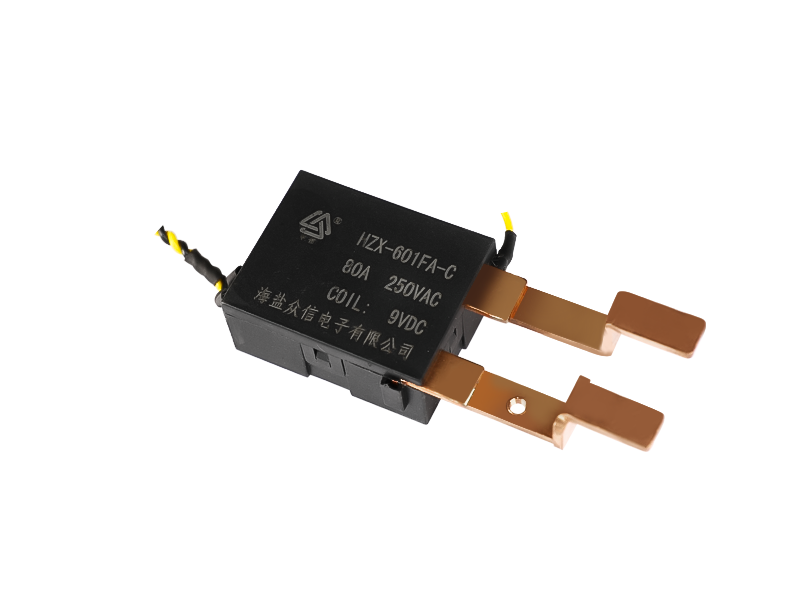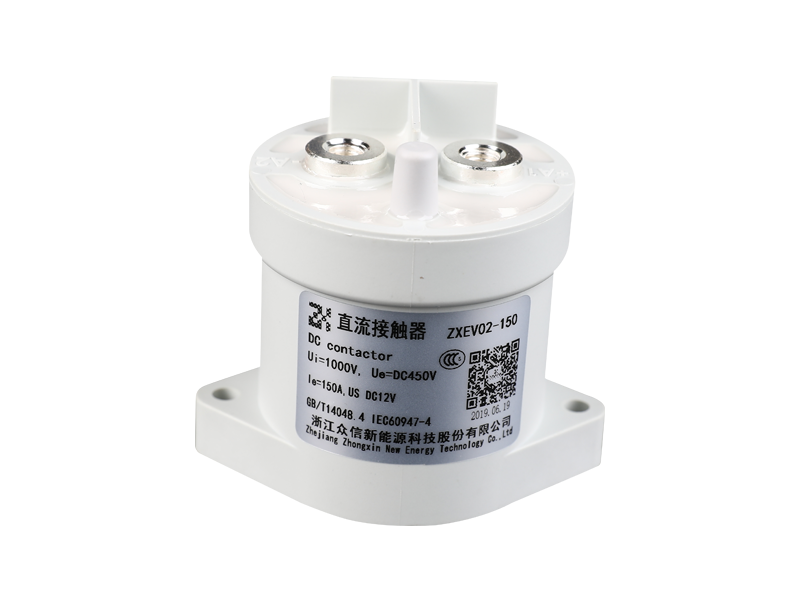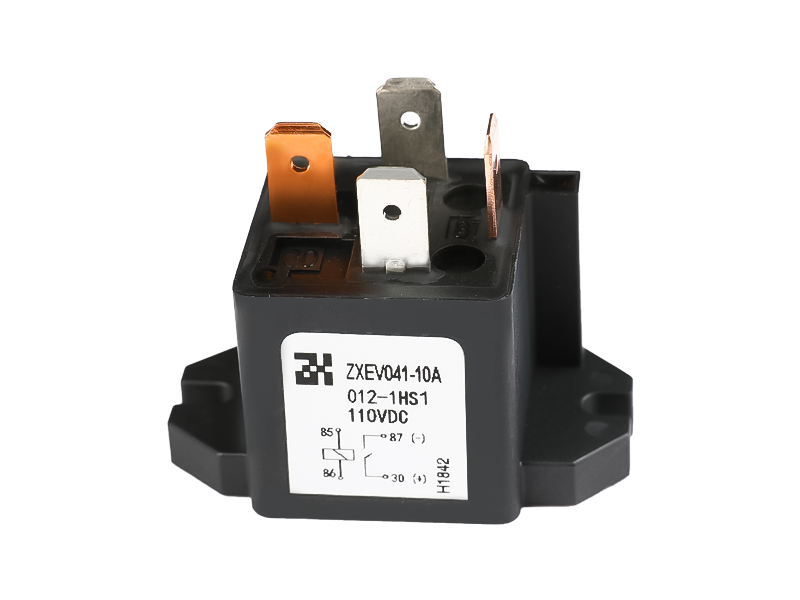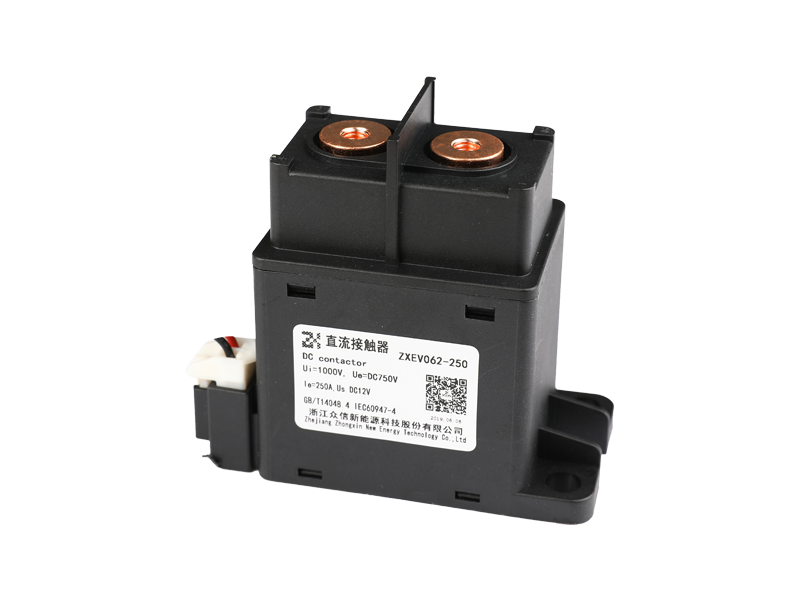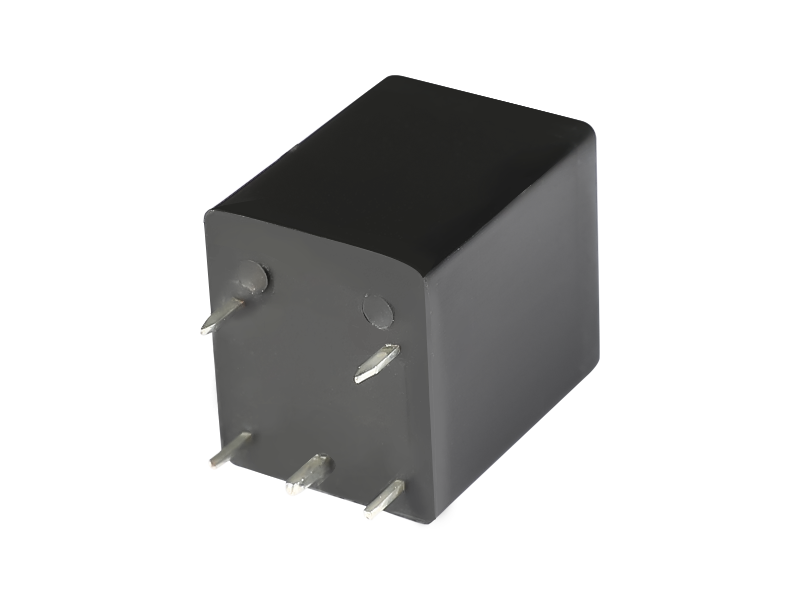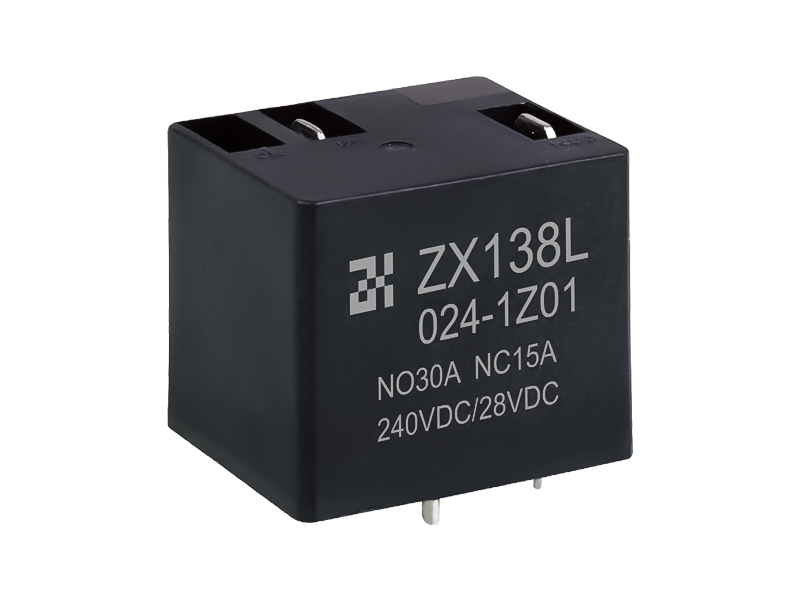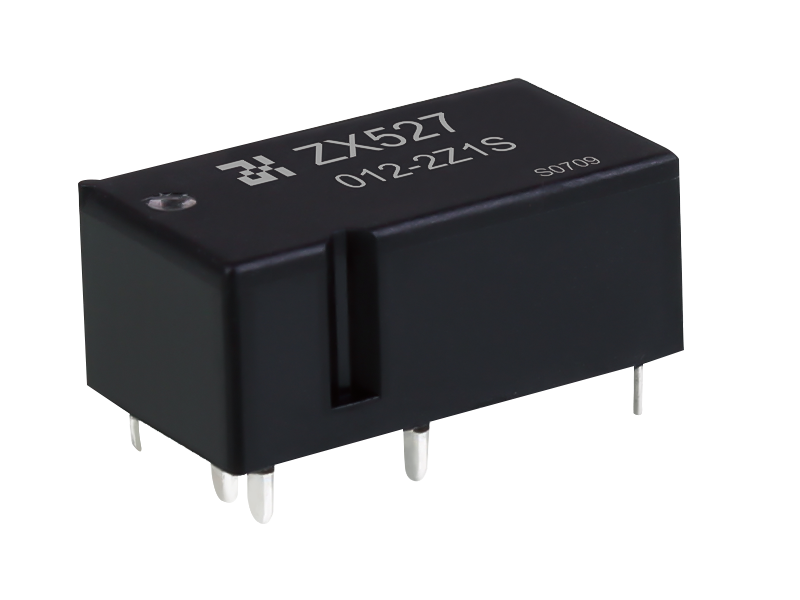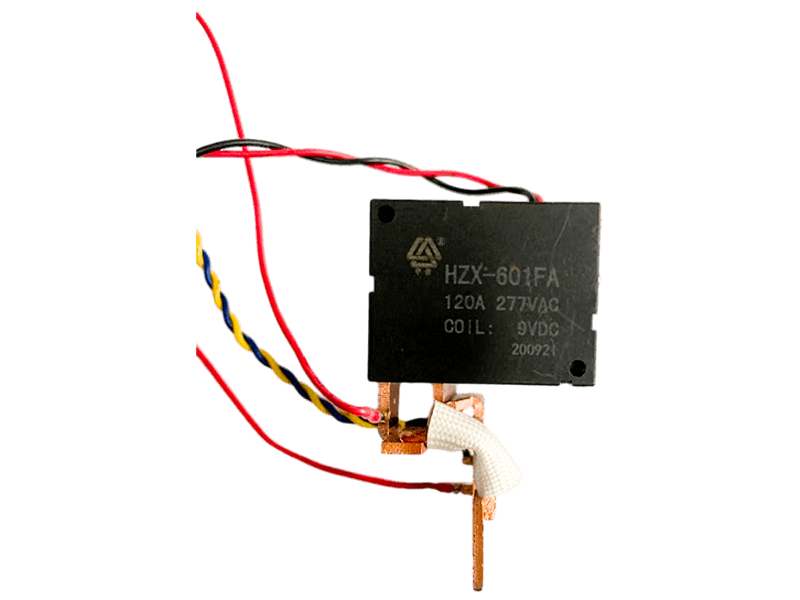Automotive relays play a crucial role in the efficient and reliable operation of electrical systems in vehicles. As technology continues to advance, the reliance on electrical components in automobiles has significantly increased. From power windows and central locking systems to headlights and fuel pumps, numerous electrical components in modern vehicles require a controlled power supply. Automotive relays provide a vital switching function, ensuring the safe and efficient operation of these electrical devices.
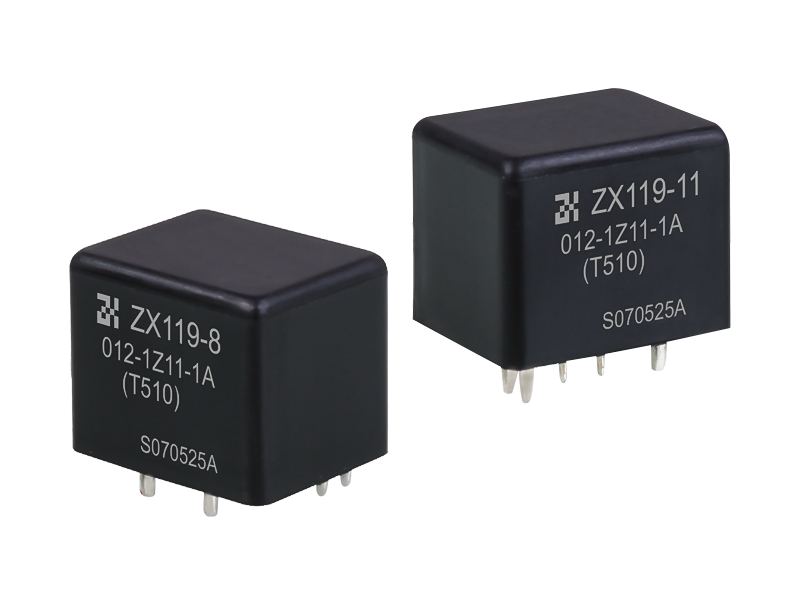
The Significance of Automotive Relays
Automotive relays act as electromechanical switches that control the flow of electrical power to various components in a vehicle. Their primary function is to control high current and voltage circuits using low power signals from other electrical components or control modules. By acting as intermediaries between the electrical load and the control signal, relays protect delicate control modules from damage caused by high current or voltage spikes.
Working Principles of Automotive Relays
An automotive relay consists of several key components, including an electromagnetic coil, a movable armature, a set of contacts, and a spring. When an electrical current flows through the coil, it creates a magnetic field that attracts the armature, causing it to move and close or open the contacts. The contacts are responsible for completing or interrupting the electrical circuit, controlling the flow of current to the electrical device being powered.
Common Types of Automotive Relays
SPST (Single-Pole Single-Throw) Relay: This relay type has a single set of normally open (NO) contacts. It is commonly used in applications where a simple on/off function is required.
SPDT (Single-Pole Double-Throw) Relay: With a single set of normally open (NO) and normally closed (NC) contacts, this relay type allows the switching between two separate circuits. It is often used in applications where switching between two different power sources is necessary.
DPDT (Double-Pole Double-Throw) Relay: This relay type has two sets of NO and NC contacts, allowing the control of two separate circuits simultaneously. DPDT relays are commonly used in applications requiring complex switching operations.
Applications of Automotive Relays
Automotive relays find extensive use in various electrical systems within vehicles, including:
Lighting Systems: Relays are used to control headlights, fog lights, turn signals, and other lighting components. They ensure that the high current required by these devices does not pass through the vehicle's control switches directly, preventing damage and ensuring reliable operation.
Power Windows and Door Locks: Relays are employed to control the power supply to window motors and door lock actuators. This prevents excessive current from passing through the switches and enables centralized control of multiple windows and locks.
Starter Motors: Automotive relays are utilized to engage the starter motor when the ignition key is turned, allowing the engine to start. The relay ensures that high current flows directly from the battery to the starter motor, providing the necessary torque to crank the engine.
Fuel Pumps: In modern vehicles, fuel pumps are often controlled by relays. This helps to maintain precise control over the fuel delivery system, preventing fuel leakage or excessive pressure.
Automotive relays are essential components that enable the reliable and efficient operation of electrical systems in vehicles. By providing the necessary switching function, they protect delicate control modules from high current and voltage spikes. With their wide range of applications, automotive relays ensure the seamless functioning of lighting systems, power windows, door locks, starter motors, and fuel pumps in modern vehicles. As automotive technology continues to advance, the role of relays will remain critical in ensuring the optimal performance of electrical


